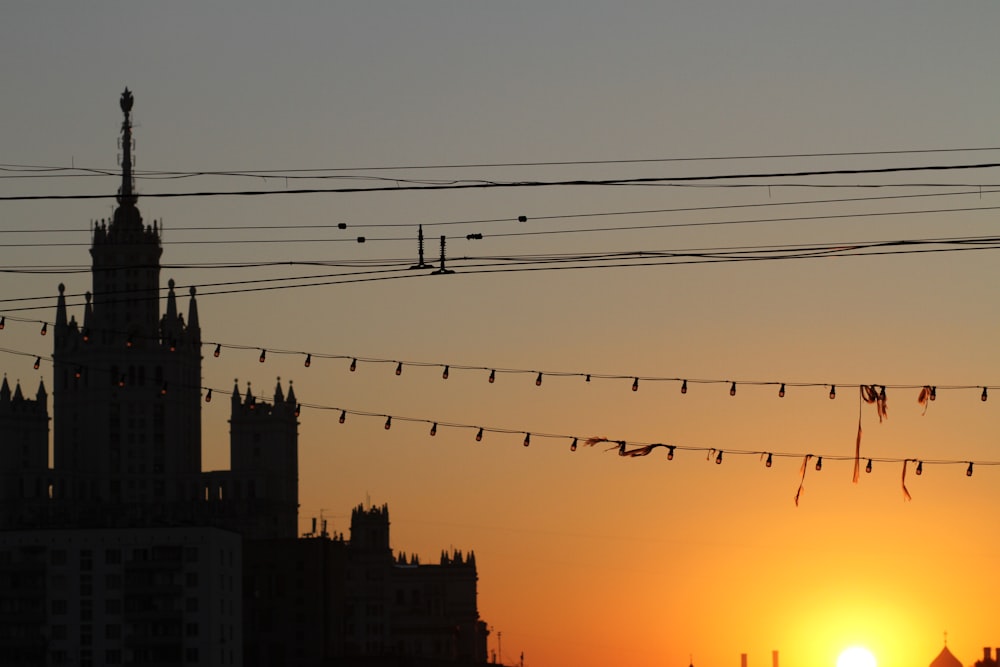Stalinist Architecture: A Glimpse into Soviet Heritage
Unraveling Stalinist Architecture:
Stalinist architecture stands as a testament to an era marked by grandeur, ambition, and political ideology. Emerging in the Soviet Union during the reign of Joseph Stalin, this architectural style embodies the principles of socialism and reflects the aspirations of a nation striving for dominance on the global stage.
Origins and Influences:
The roots of Stalinist architecture can be traced back to the early 20th century, when avant-garde architects envisioned new forms of architectural expression that would embody the ideals of the Bolshevik Revolution. Influenced by classical and neoclassical styles, as well as the monumentalism of ancient civilizations, Stalinist architecture sought to convey a sense of power, authority, and permanence.
Monumentalism and Propaganda:
At the heart of Stalinist architecture lies the concept of monumentalism, characterized by imposing scale, grandiose design, and an emphasis on symbolism. Buildings were not merely structures but symbols of state power and socialist ideology, serving as propaganda tools to glorify the Communist regime and instill awe and obedience in the populace.
Features and Characteristics:
Stalinist architecture is characterized by several distinctive features, including towering skyscrapers, monumental facades adorned with neoclassical motifs, and elaborate decorative elements such as columns, pediments, and statues. Buildings were often constructed using durable materials such as granite, marble, and limestone to convey a sense of permanence and strength.
The Seven Sisters:
One of the most iconic manifestations of Stalinist architecture is the group of skyscrapers known as the Seven Sisters, built in Moscow and other Soviet cities during the 1940s and 1950s. These monumental structures, with their soaring spires and elaborate detailing, were intended to rival the skyscrapers of Western capitals and symbolize the Soviet Union’s technological and architectural prowess.
Palaces of Culture and Metro Stations:
In addition to skyscrapers, Stalinist architecture also encompassed a wide range of other building types, including palaces of culture, government buildings, and metro stations. Palaces of culture served as centers for public gatherings, entertainment, and cultural activities, while metro stations were designed as underground palaces adorned with marble, mosaics, and elaborate lighting fixtures.
Legacy and Controversy:
Despite its association with authoritarianism and repression, Stalinist architecture continues to fascinate and provoke debate among architects, historians, and urban planners. While some view it as an important chapter in the history of architecture and urban planning, others see it as a symbol of oppression and totalitarianism, highlighting the complex and often contentious legacy of the Soviet Union.
Preservation and Restoration:
In recent years, there has been growing interest in preserving and restoring Stalinist architecture as a valuable part of the built heritage of the former Soviet bloc. Efforts to protect and rehabilitate these buildings have sparked renewed appreciation for their architectural significance and historical importance, shedding new light on a chapter of history that continues to shape the urban landscape of Eastern Europe and beyond.
Reflections on Stalinist Architecture:
As we reflect on Stalinist architecture, we are reminded of the power of architecture to shape societies, ideologies, and collective memories. While the era of Stalinist architecture may be consigned to the past, its legacy endures as a reminder of the complex interplay between politics, ideology, and the built environment. Read more about stalinist architecture

